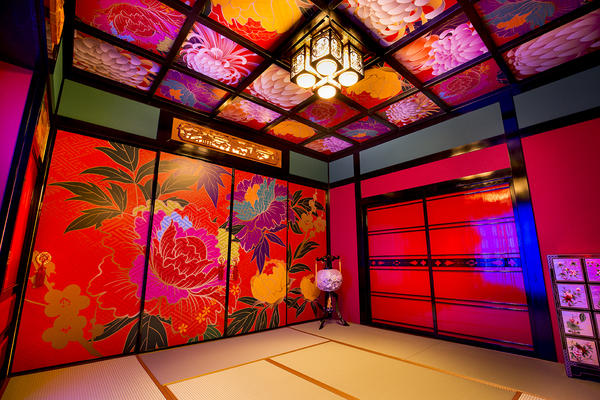1. Introduction
Japan, a nation steeped in traditions dating back thousands of years, offers a unique juxtaposition of old and new. One of the most intriguing facets of its culture is its nightlife and entertainment districts, commonly referred to as the red-light districts. This article will delve into the rich tapestry of Japan’s pleasure quarters, tracing their history and examining their contemporary significance.
2. Historical Background
The genesis of Japan’s pleasure quarters can be traced back to the licensed courtesan areas of the Edo period. These districts, known as ‘Yūkaku’, were prominent entertainment zones where art, culture, and adult entertainment intertwined. With the onset of the Meiji, Taisho, and Showa eras, these districts faced constant evolution, driven by societal changes and shifting legal landscapes.
3. Major Red-Light Districts
Tokyo: Kabukicho and Yoshiwara remain as historical testaments to Tokyo’s vibrant night scenes. While Kabukicho is a bustling area with neon lights and contemporary appeal, Yoshiwara carries the legacy of the traditional pleasure quarters.
Osaka: Dotonbori and Nipponbashi offer a mix of entertainment options, from the traditional to the modern.
Kyoto: Pontocho retains its old-world charm, reminiscent of the bygone eras.
Fukuoka: Nakasu, with its glittering lights reflecting on the river, is a haven for those seeking nocturnal pleasures.
Each of these regions carries a distinct flavor, reflecting the cultural and historical nuances of their respective cities.
4. Types of Services
Soapland: Originating from the traditional bathhouses, Soaplands offer intimate services combined with the bathing experience.
Pink Salons: These establishments provide patrons with adult entertainment alongside drinks.
Cabaret Clubs and Hostess Bars: Focusing on companionship, these venues offer foreigners a chance to converse and enjoy the company of Japanese women in an intimate setting.
Delivery Health (Deriheru): A service where the providers visit the clients, offering a range of adult services. Each of these services has evolved over time, influenced by legal changes and cultural shifts.
5. Uniqueness of Japanese Red-Light Culture
Japan’s approach to adult entertainment is remarkably different from its Western counterparts. Rooted deeply in its history and traditions, it carries an aura of subtlety and sophistication. The focus often leans towards companionship and intimacy rather than just the physical act, making it a unique experience for foreigners.
6. Contemporary Challenges and Transformations
Today’s red-light industry in Japan faces a slew of challenges, from legal restrictions to societal issues. However, it’s also a space of innovation. New services emerge, old ones adapt, and there’s a constant dialogue between tradition and modernity.
7. Conclusion
Japan’s red-light districts, with their intoxicating blend of the old and the new, offer a deep dive into a side of Japan that many tourists often overlook. While it remains a controversial aspect of Japanese society, it also stands as a testament to Japan’s complex relationship with its past and present. Those venturing into these districts are advised to do so with respect, understanding, and an open mind.



